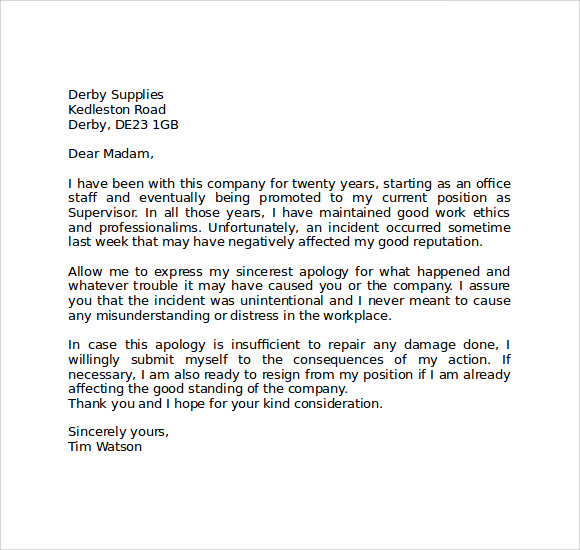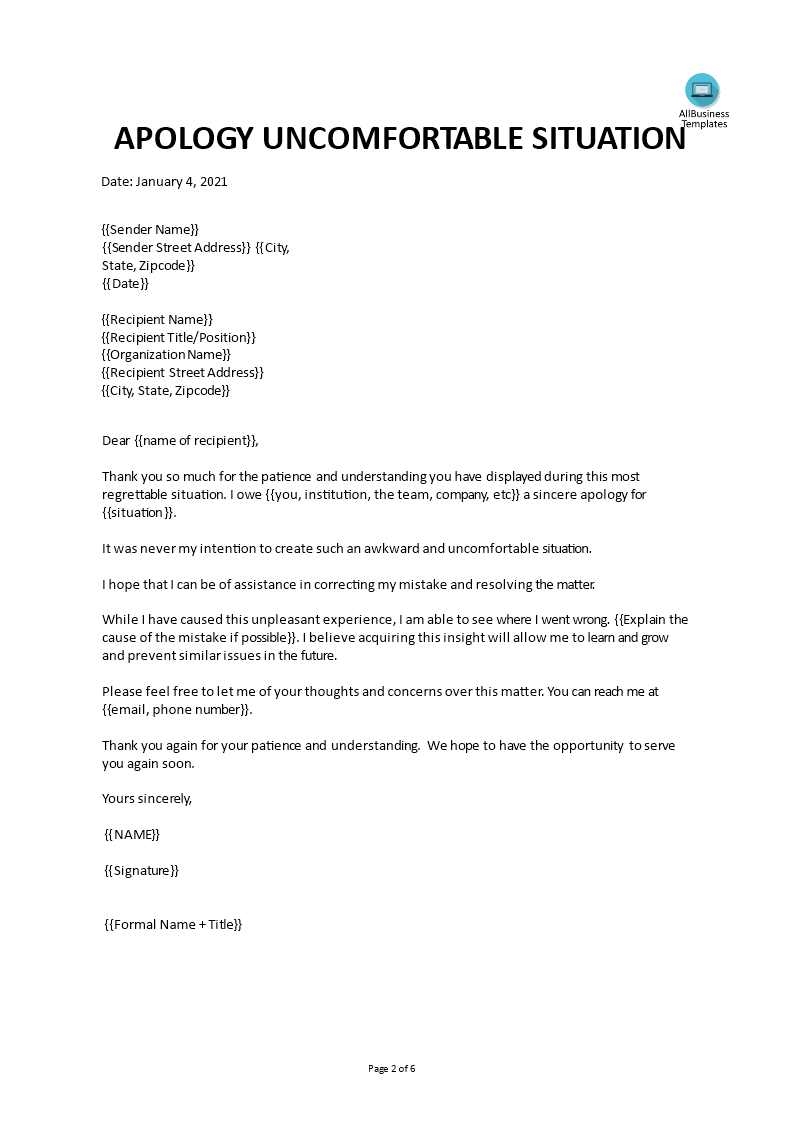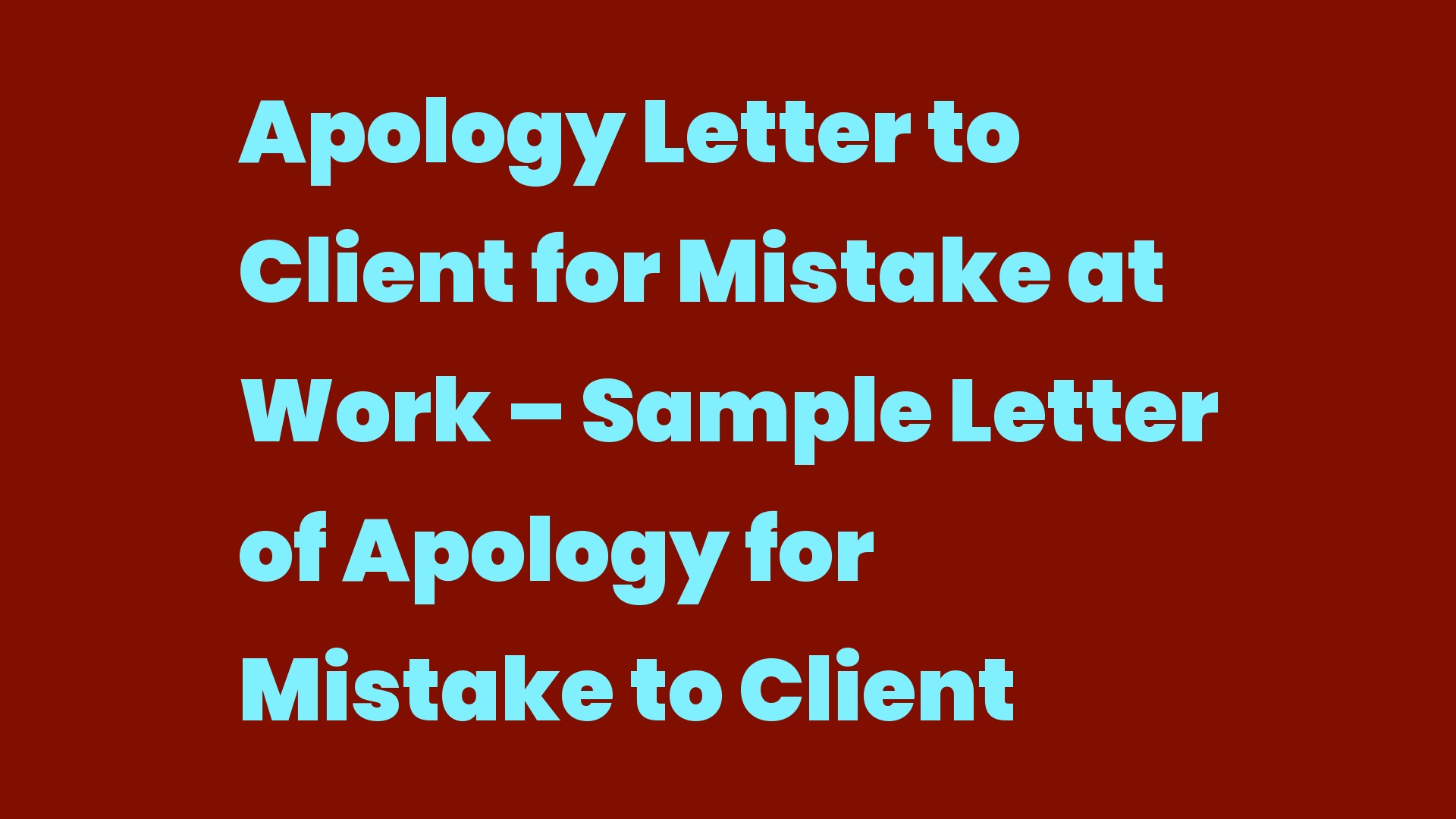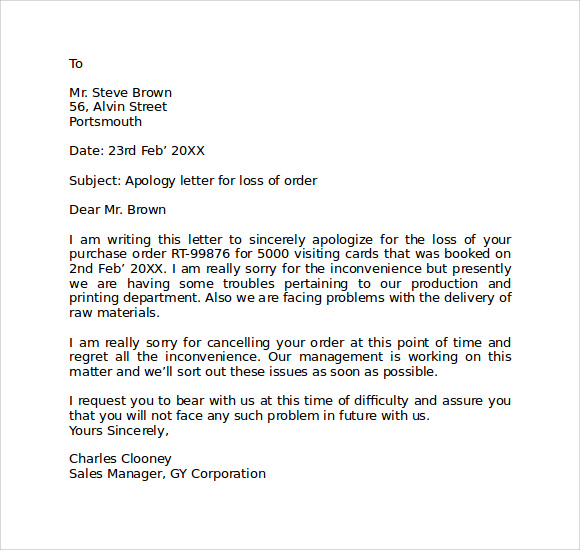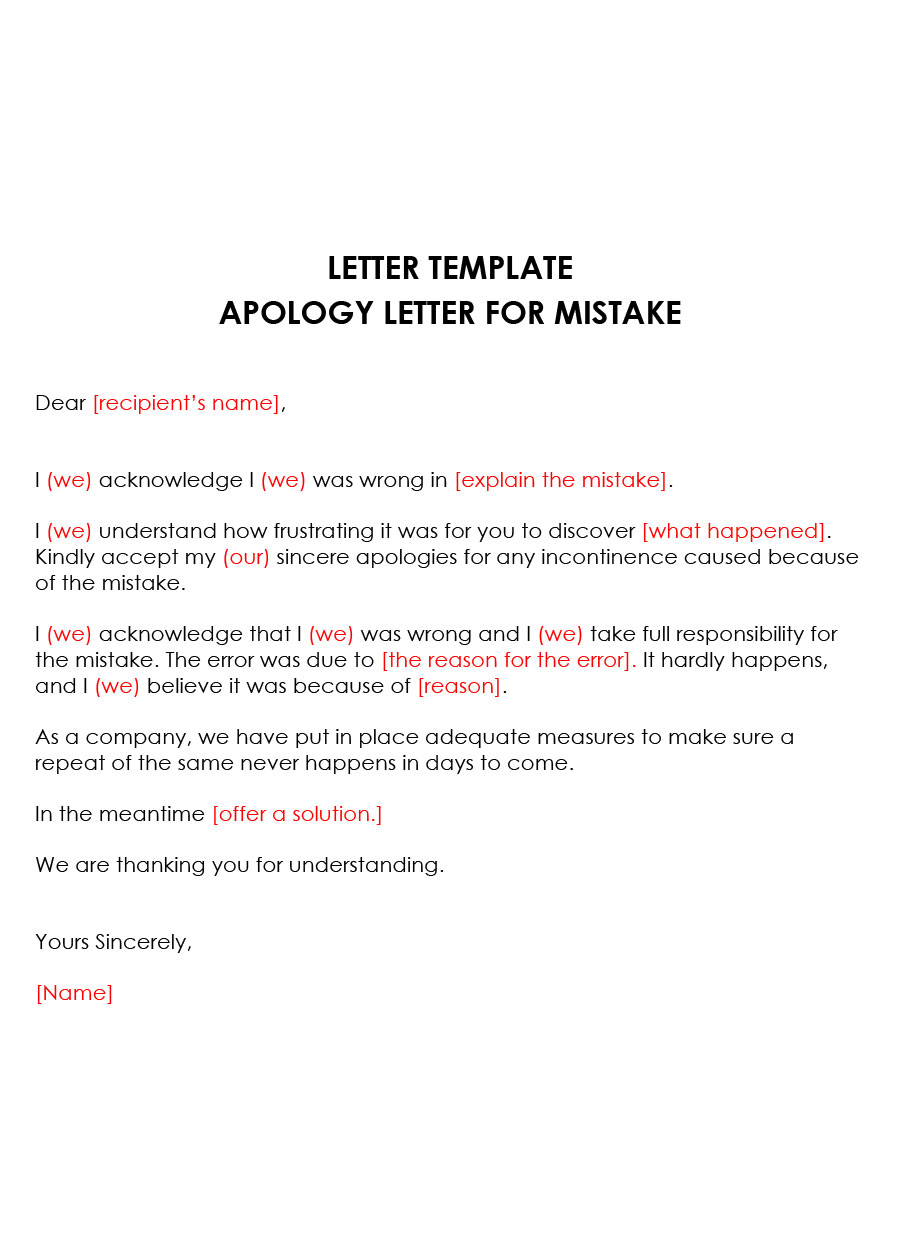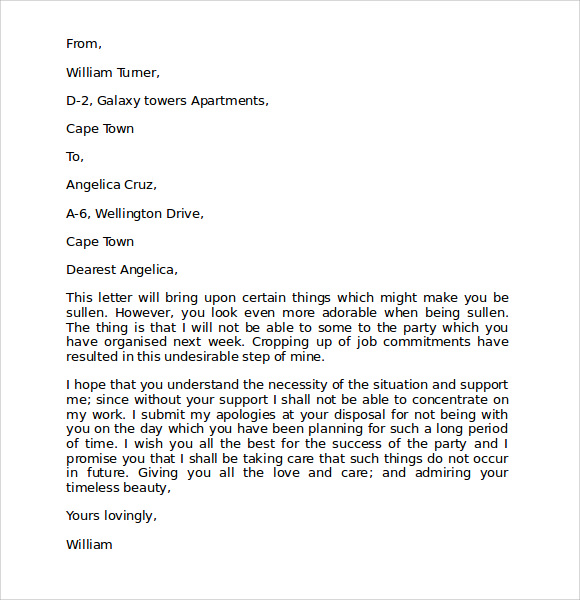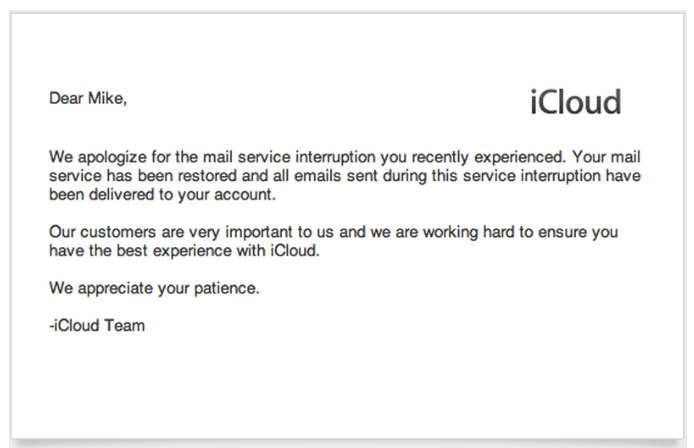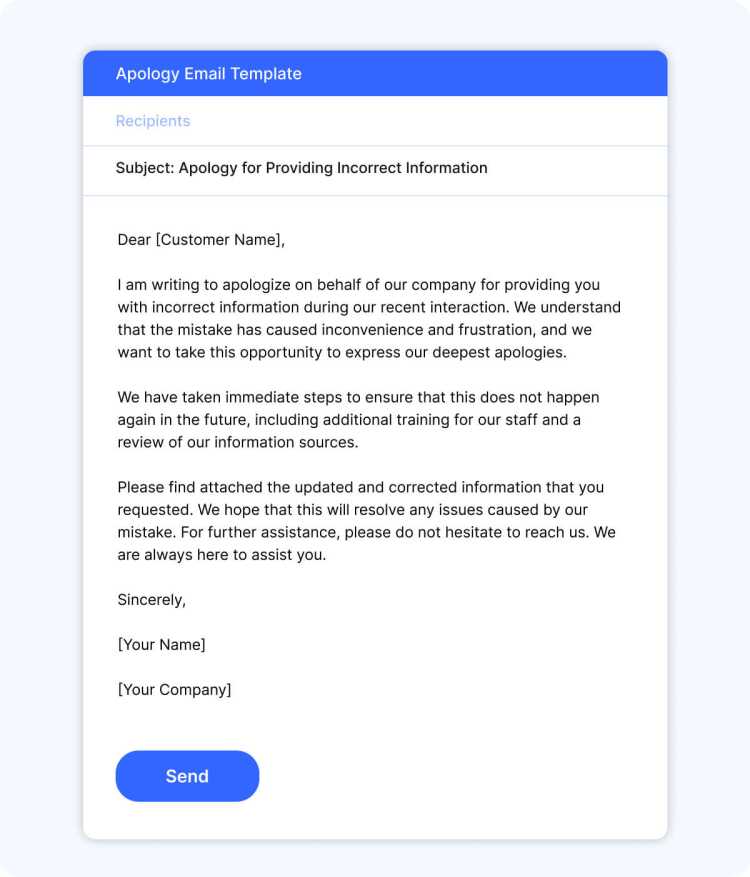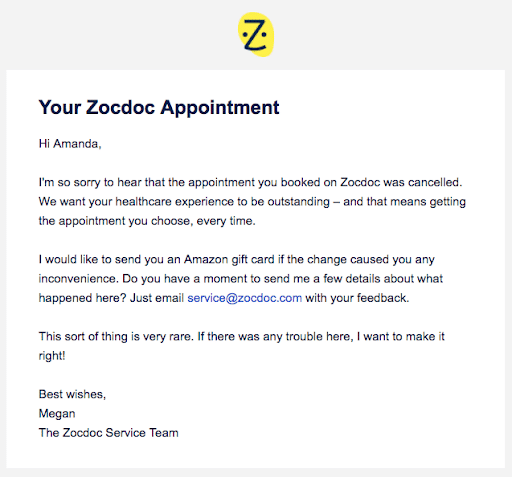How To Apologize To A Client For A Mistake
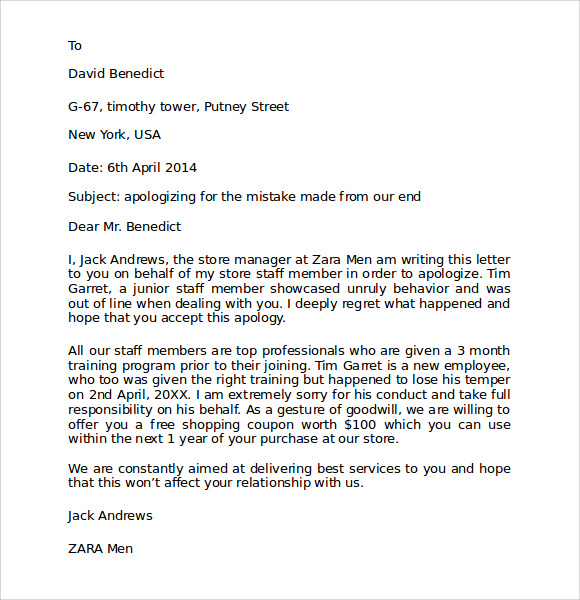
Client relationships strained by errors demand immediate and effective apologies. Ignoring the issue can lead to irreparable damage, impacting future business and reputation.
Mastering the art of a sincere apology is crucial for maintaining client trust and fostering long-term partnerships. This article provides a step-by-step guide on how to apologize effectively for mistakes, minimizing damage and rebuilding confidence.
Acknowledge the Mistake Immediately
Prompt action is vital. Don't delay addressing the issue; doing so can amplify the client's frustration and perception of neglect.
Contact the client as soon as you are aware of the error. Acknowledge the mistake directly and unequivocally.
Avoid making excuses or shifting blame. Ownership of the problem demonstrates accountability and builds trust.
Express Sincere Regret
Offer a heartfelt apology. Use phrases like, "We are truly sorry for the inconvenience this has caused," or "We sincerely regret this error occurred."
Ensure your tone is empathetic and understanding. Show that you recognize the impact of the mistake on the client.
A generic apology lacks sincerity. Tailor your words to the specific situation and the client's individual needs.
Explain What Happened (Briefly)
Provide a concise explanation of the error, avoiding technical jargon. The client needs to understand what went wrong without being overwhelmed.
Focus on the facts. Refrain from speculation or conjecture about the cause of the mistake.
If possible, explain how the error occurred to demonstrate that you are taking steps to prevent it in the future.
Outline Corrective Action
Clearly articulate the steps you are taking to rectify the situation. This is where you demonstrate your commitment to resolving the problem.
Offer a concrete solution. Provide a timeline for implementing the corrective action and keep the client updated on progress.
Be prepared to offer compensation or concessions if appropriate. This might include a discount on future services or a refund.
Reassure the Client
Reiterate your commitment to providing excellent service. Reassure the client that this mistake is not representative of your usual standards.
Emphasize the value you place on their business. Remind them of your long-term partnership and your dedication to their success.
Invite the client to provide feedback on your proposed solution and address any remaining concerns they may have.
Follow Up Diligently
After implementing the corrective action, follow up with the client to ensure they are satisfied. This demonstrates your ongoing commitment to resolving the issue.
Check in regularly to monitor the situation and address any new concerns that may arise. Open communication is key to rebuilding trust.
Use the experience as a learning opportunity. Implement measures to prevent similar mistakes from occurring in the future.
The Cost of a Poor Apology
Research indicates that a poorly handled apology can be more damaging than the original mistake itself. A 2014 study by the Harvard Business Review found that customers are more likely to forgive a mistake if they perceive the apology as sincere and proactive.
Ignoring client complaints can lead to negative reviews and decreased customer loyalty. A study by Temkin Group showed that customers who have a bad experience are more likely to share it with others than customers who have a positive experience.
A strong, timely apology, conversely, can actually strengthen the client relationship. It demonstrates integrity and a commitment to customer satisfaction.
Key Elements of a Successful Apology
The key to a successful apology lies in its sincerity, immediacy, and proactive nature. Use the following components of an effective apology:
- Acknowledgment: Clearly state that you understand and accept responsibility for the mistake.
- Regret: Express sincere remorse for the inconvenience or damage caused to the client.
- Explanation: Provide a brief and factual explanation of what happened, without making excuses.
- Solution: Outline the steps you are taking to rectify the situation and prevent future errors.
- Reassurance: Reiterate your commitment to providing excellent service and maintaining a strong client relationship.
Next Steps
Review internal processes to identify the root cause of the mistake. Implement corrective actions to prevent similar errors from happening again.
Schedule a follow-up meeting with the client to discuss their satisfaction and address any outstanding concerns. Continue to monitor the situation and maintain open communication to rebuild trust.
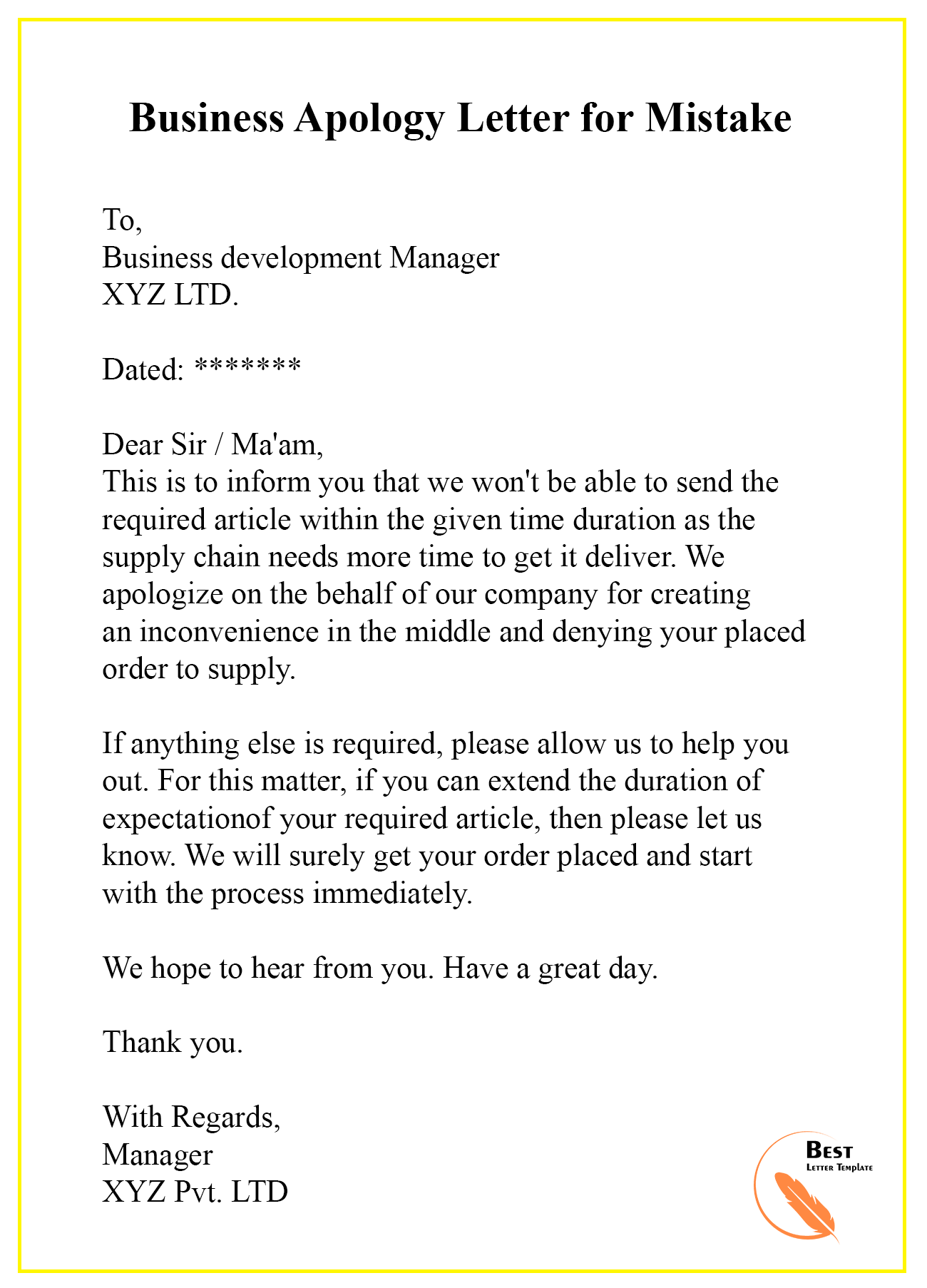
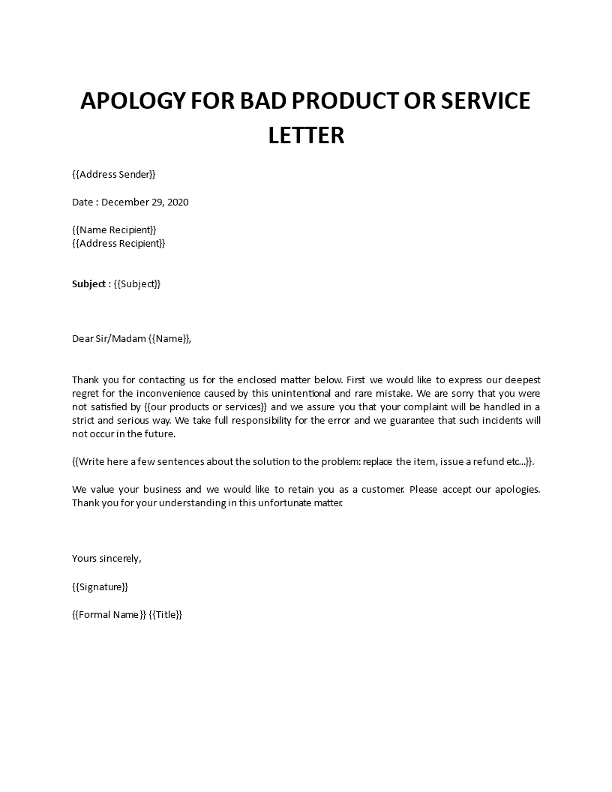
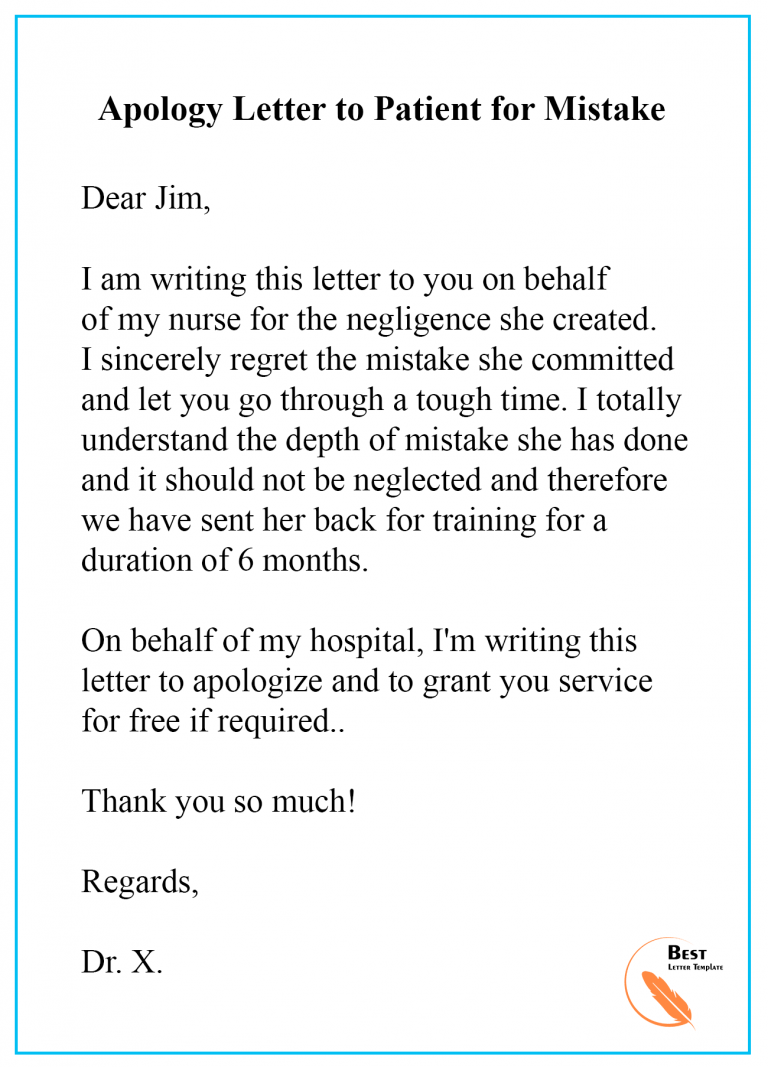
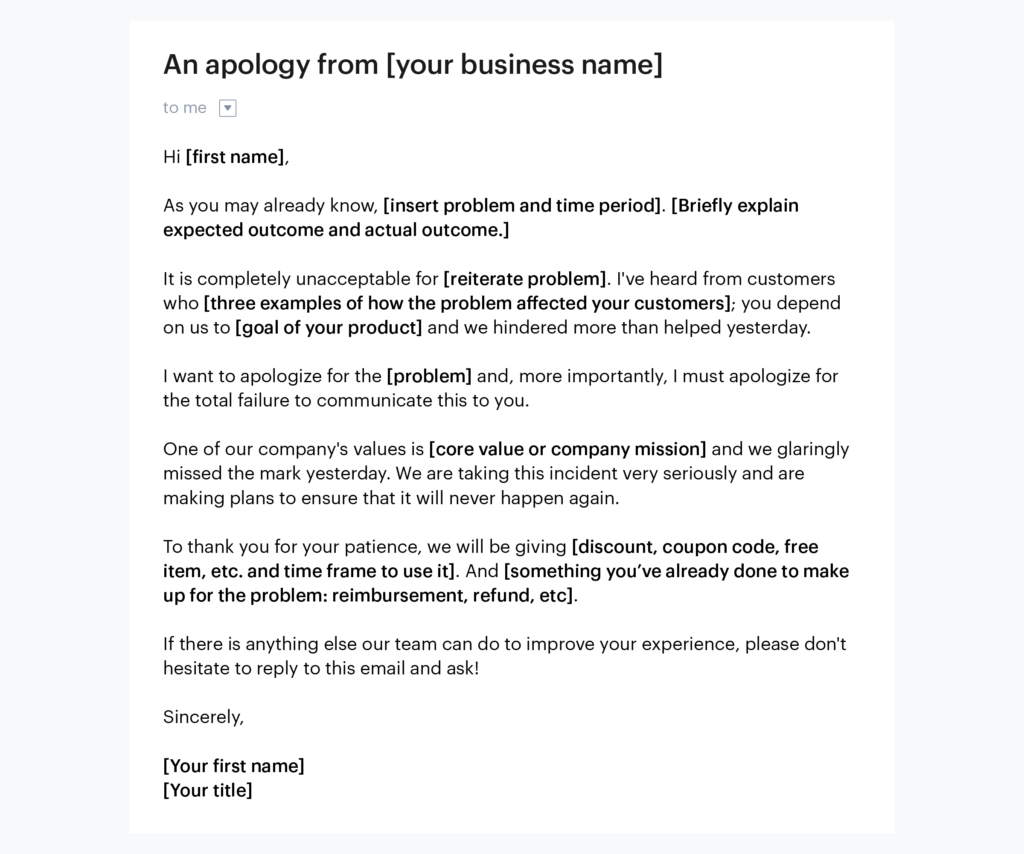
![How To Apologize To A Client For A Mistake How to Write & Send Apology Emails to Customers [+Examples]](https://automizy.com/wp-content/uploads/our-mistake.png)
